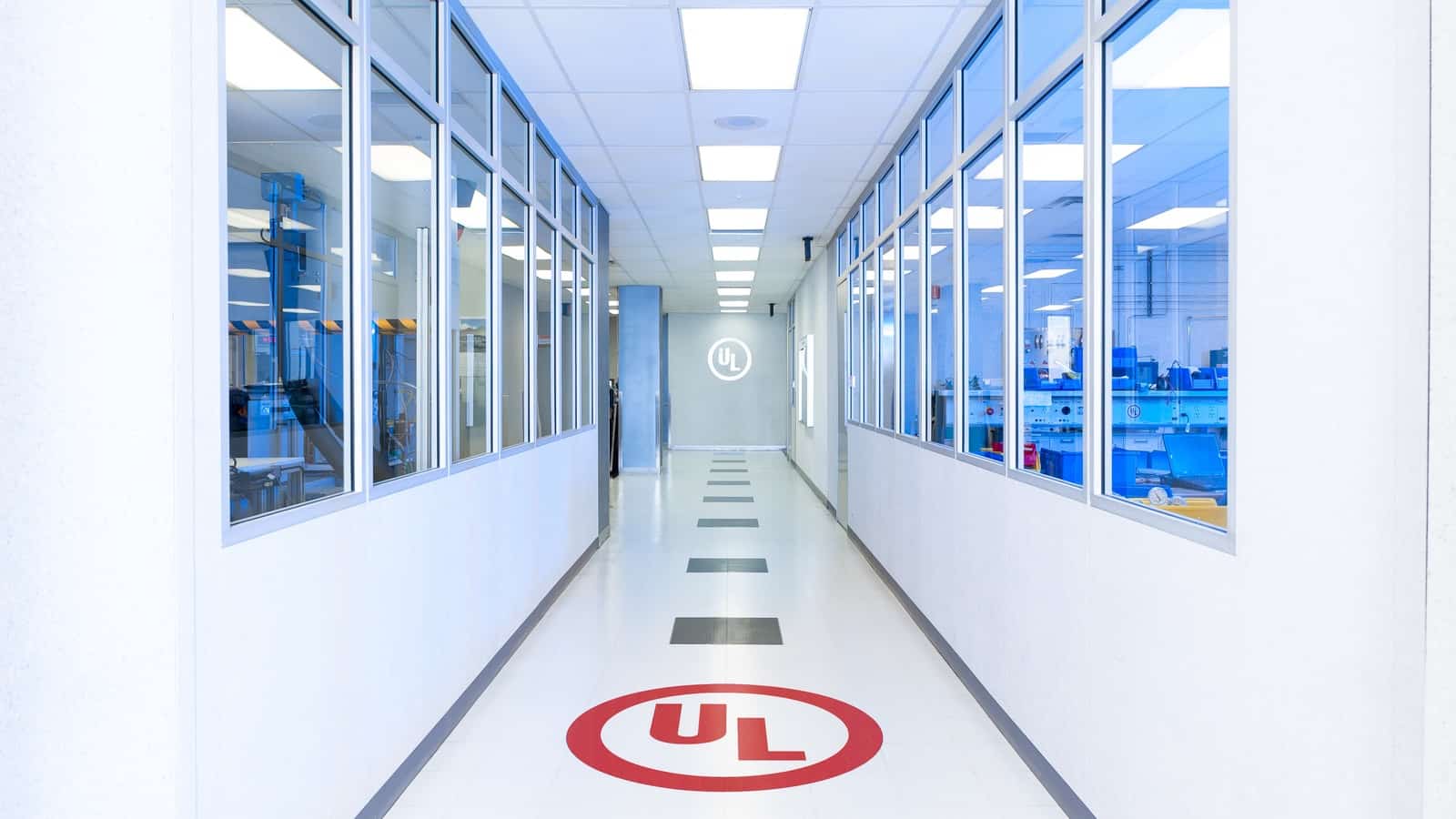The Future of Medical Innovation: An Interview with UL

What if your next best defense against COVID-19 is a high-tech ring? What if you could get a kit, complete with a pulse oximeter, to monitor your symptoms properly at home? All these devices and more are in development, and at some point on their journey, many of them pass through independent testing laboratory UL. We recently talked to UL Life and Health Sciences Americas General Manager and Global Technical Excellence and Programs Director Deborah Jennings-Conner, who gave us a look into this fascinating frontier of invention.
How to make a ventilator: As we know, plenty of manufacturers have refitted their factories to make medical devices, respirators, ventilators and many other crucial supplies. The process is much more complicated than you might expect, says Jennings-Conner.
- For one thing, most manufacturers are used to replacing parts when they have to. But for medical devices? Not possible. You cannot arbitrarily substitute components; the product has to be “exactly what the regulator approved.”
- So part of the difficulty in converting factories lies in retraining staff, Jennings-Conner warns. That’s why auto manufacturers were such a good fit for ventilator-making—they were already used to stringent quality management requirements.
- Furthermore, manufacturers of medical devices must be able to learn about “any adverse effects, from production to market,” and then report those to the FDA. She points out that most manufacturers aren’t used to that sort of rigor.
New innovations: Jennings-Conner walked us through some of the fabulous new inventions that UL is helping get to market. These are the sorts of things that could transform our medical experiences even after COVID-19, she predicts.
- A UV sanitation room: Made by PurpleSun, this modular paneling system uses ultraviolet light to disinfect entire rooms of equipment—and better yet, it’s mobile. The UL-certified model E300 Modular Paneling System is now in production.
- Wearable devices: These are big news, says Jennings-Conner. Take the Oura ring, which the NBA bought for its players and staff to wear (on a voluntary basis). It’s a powerful piece of technology, which tracks your pulse, heart rate variability, physical activity and temperature. Heart rate variability can be an early indication of sickness, she notes. In fact, a recent study found the Oura ring can predict COVID-19 symptoms up to three days in advance with 90% accuracy.
- At-home medical kits: UL is in discussions with Graftworx, a company that makes devices that monitor patients’ symptoms at home. One such device is the “forgettable smartpatch,” which the wearer can put on and forget about—while it continuously records clinical metrics that can be transmitted to physicians. The pandemic has reordered patient care by forcing many more people to use telemedicine, notes Jennings-Conner—and such devices could make remote medicine a thousand times more powerful.
Inside the factory: If you’re wondering how all this happens amid lockdowns and social distancing, UL’s processes are also subject to innovation. UL has started “witnessing” its clients’ tests over video and auditing their facilities remotely. Oh, and this works in reverse—UL has done testing on behalf of some customers who closed their facilities, installing cameras in its labs so they can watch.
Advice for manufacturers: “Talk to us at the beginning,” says Jennings-Conner. “Once you’re set in your design, it’s hard to go back; that can be cost prohibitive, especially if you’ve already picked your suppliers. Talk to us early, and we can help you navigate the regulatory pathway and support smoother market access.”
